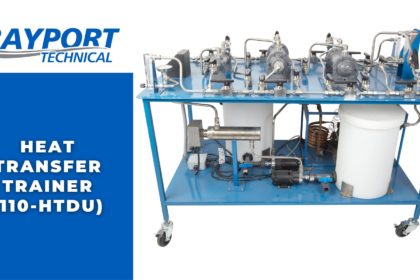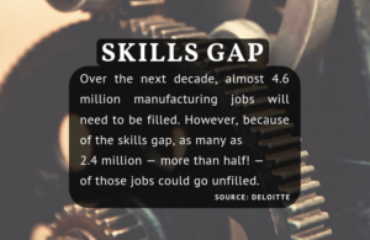
A wide variety of industries use processes that require the transfer of heat from one fluid (liquid or gas) to another, and most of those systems use heat exchangers to accomplish this task. In a heat exchanger, the two fluids do not make direct contact. Instead, heat passes from the hotter fluid to the metal isolating the fluids and then to the cooler fluid.
You can find heat exchangers in all sorts of industrial applications, such as heating, ventilation, and air conditioning (HVAC) systems; preheaters or coolers in fluid systems; radiators on internal combustion engines; and boilers, evaporators, and condensers used with fluids like oils, wastewater, hydrocarbons, biogases, etc. in industries such as oil and gas refining and power generation.
Heat exchangers come in a wide variety of shapes, sizes, and designs. The most common and basic type is the tube and shell heat exchanger, which consists of a set of tubes inside a cylindrical shell. Fluids flow inside the tubes (tube-side fluids) and outside the tubes (shell-side fluids) and remain separated at the ends of the tubes by the tube sheets.
Another common type is the plate heat exchanger, which uses metal plates to transfer heat between the fluids. Plate heat exchangers are popular in applications that require heat transfer to occur as quickly as possible, because fluids get spread out over a larger surface area when they flow over the plates.
Bayport Technical’s Heat Transfer Trainer (110-HTDU) provides valuable hands-on experience with four different types of heat exchangers: brazed plate, brass single pass tube and shell, stainless steel single pass tube and shell, and four pass tube and shell.
The Heat Transfer Trainer features a wide variety of real industrial components, including: two pumps for hot and cold fluid, manifolded with valving; a water heater with storage tank; a refrigerant-type water chiller with storage tank; flow meters and controllers; and digital thermometers.
Visit Bayport Technical’s website to learn more about the Heat Transfer Trainer, as well as the wide variety of other technical training products available.



